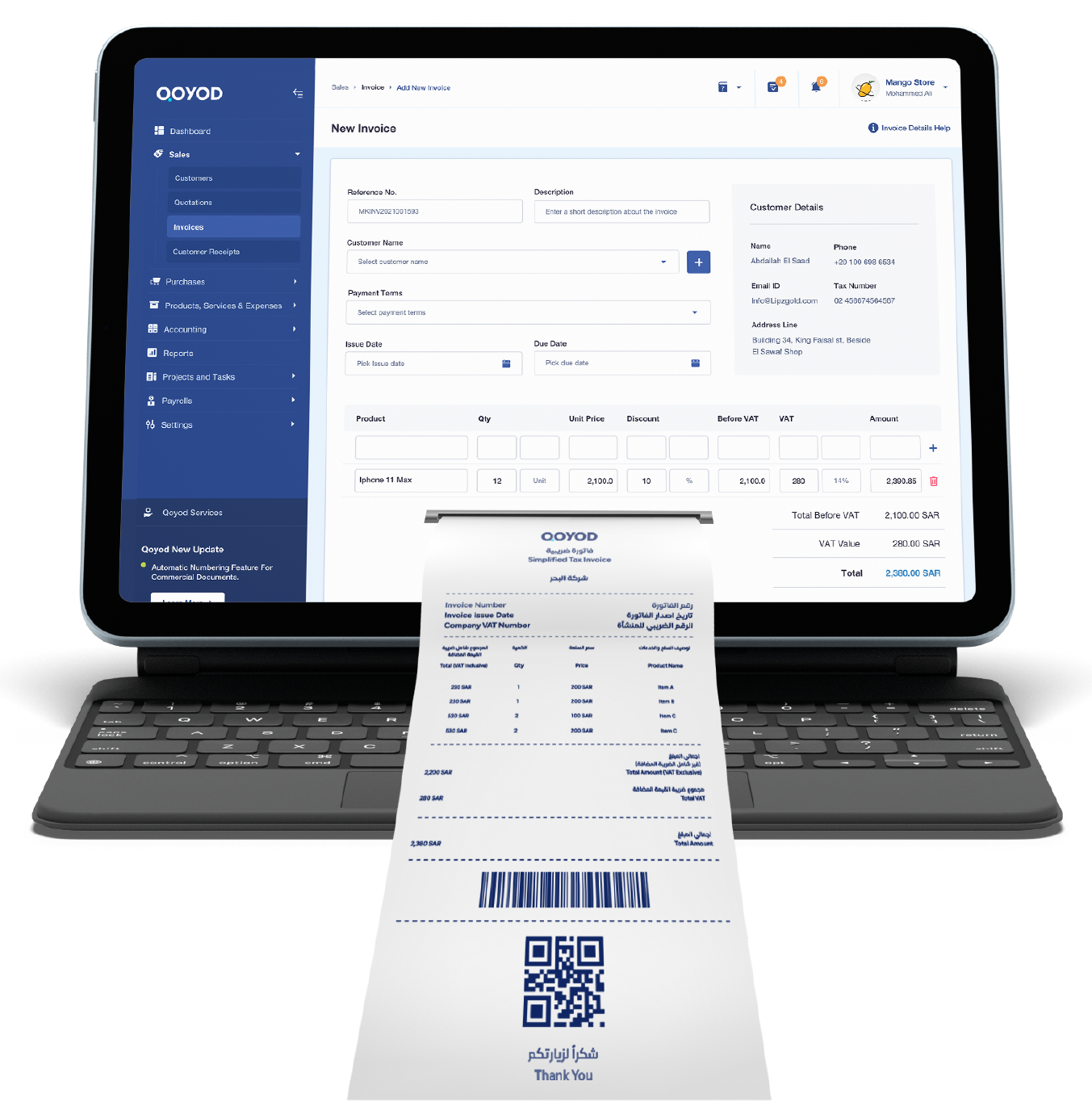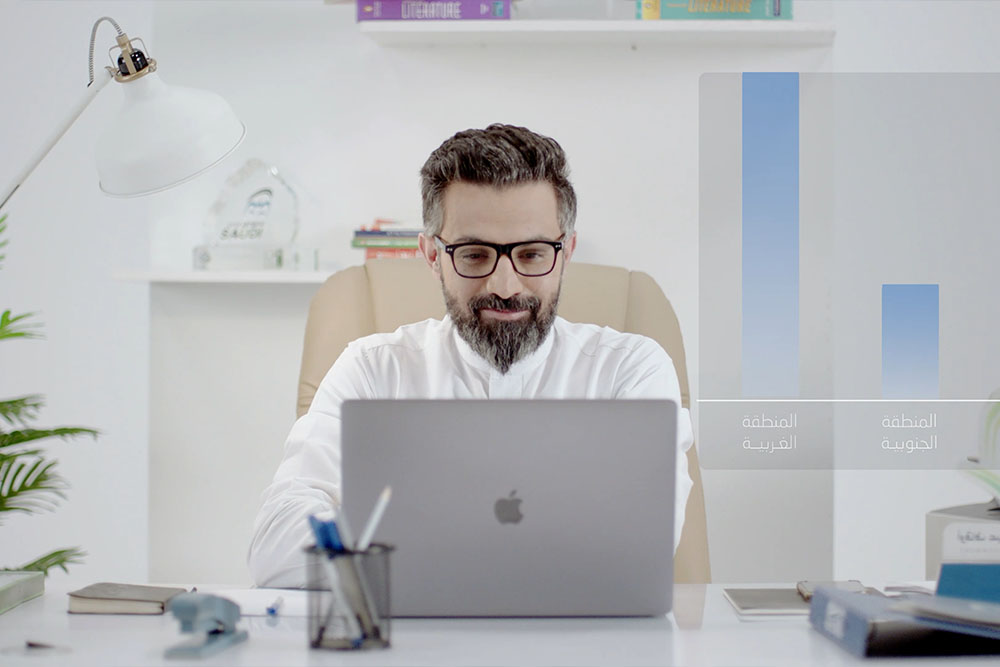Expenses can be simply defined as the cost a company has to spend to get something or generate revenue, and these expenses include many different aspects, such as payments to vendors, employee payrolls, rents, equipment, and others.
One of the main goals of any company is to increase profits, and this can be achieved by increasing revenues while controlling expenses, as reducing costs helps to spare more money from sales for the company. However, this reduction can have a detrimental effect on the company; for example, reducing advertising expenses may reduce costs, but it can also reduce the company’s reach to potential customers to introduce them to it or its offers, thereby reducing potential profits.
It is important for the owners of companies and enterprises to understand the expenses, credit, or debt accurately and correctly so that you can manage the company’s expenses to get more profits and achieve success. Follow us in this article to learn about the concept of expenses, credit or debt, their types, and some examples.
Are expenses credit or debit?
Some types of accounts have credit or debit balances by nature, and in the event of an increase in credit balances, they are recorded on the credit side, and in the event of a decrease, they are recorded on the debit side. For example, assets, revenues, and debit balances are, on the contrary, recorded on the debit side in the event of an increase and on the credit side in the event of a decrease.
To answer the question of expenses, credit, or debt, we can say that expenses are by nature debit balances. In the event that an expense is implemented for the company, the expense is recorded on the debit side, and the expenses cannot be credited normally. But it is worth noting that in the event that a wrong entry is made or an expense entry is reversed, it can be modified with another entry in which the expenses are credited, where in this case the expenses are reduced so they are recorded on the credit side.
Examples of expenses
As we have already answered the question of whether expenses are a credit or a debt, the expenses are debit balances by nature and may be a credit if the company wishes to reflect or reduce the expenses. In order to clarify this, we can provide the following examples:
Expenses in the case of the debtor
To illustrate the nature of the balances of debit expenses, let’s say that the new company has only one asset, a cash amount of 10,000 riyals, and that the owner’s equity is 10,000 riyals. The company then pays 500 riyals for the advertisements; the company must reduce its cash (which has a debit balance of 10,000 riyals) by entering a balance of 500 riyals.
The company must record a deduction of 500 riyals from the assets on the credit side, and in compliance with the double accounting entry system, the deduction must be recorded to another account, which is the advertising expenses account, by adding the deduction of 500 riyals to the advertising expenses account on the debit side, and the form of entry is as follows:
| Date | statement | Amount | |
| Debt | credit | ||
| ×× – ×× | Advertising expenses | 500 | |
| Assets | 500 | ||
| Payment for ads worth 500 riyals | |||
If we assume that this was the company’s only transaction this year, the company’s balance sheet would report assets of 9,500 riyals and owner’s equity of 9,500 riyals.
Another example
Suppose that expenses for the company were paid; for example, the salaries of employees were paid in the amount of 10,000 riyals. The expenses are recorded here on the debit side because the expenses increased in this case, and the form of entry is as follows:
| Date | statement | Amount | |
| Debt | credit | ||
| ×× – ×× | Expense | 10,000 | |
| cash | 10,000 | ||
| Pay salaries to employees worth 10,000 riyals. | |||
Expenses in the case of the credit
We previously answered the question of expenses, credit or debt, that the expenses are debit, but the expenses are credit if the company wants to delete expenses that were previously recorded or retracted in whole or in part. Let us assume that an expense of 1000 riyals was recorded, and then this expense was retracted so that it was not implemented. A new entry can be entered in which the expense is on the credit side because the expenses in this case decreased, and the form of the entry is as follows:
Original entry
| Date | statement | Amount | |
| Debt | credit | ||
| ×× – ×× | Expense | 1000 | |
| cash | 1000 | ||
| expense entry of 1000 riyals | |||
Reverse entry
| Date | statement | Amount | |
| Debt | credit | ||
| ×× – ×× | cash | 1000 | |
| Expense | 1000 | ||
| Delete an expense of 1000 riyals. | |||
Another example
Suppose that an expense of 1000 riyals was recorded, but only half of the expense value was implemented, and the company wanted to retreat from the other half for any reason. The expense is recorded on the credit side until it is reduced, and the form of the entry is as follows:
Original entry
| Date | statement | Amount | |
| Debt | credit | ||
| ×× – ×× | Expense | 1000 | |
| cash | 1000 | ||
| expense entry of 1000 riyals | |||
Reverse entry
| Date | statement | Amount | |
| Debt | credit | ||
| ×× – ×× | cash | 500 | |
| Expense | 500 | ||
| Delete an expense of 1000 riyals. | |||
Types of expenses
After answering the question of whether expenses are credit or debt, we learned that expenses affect all the financial accounting data of the company, and it can be said that expenses fall under different types as follows:
-
Operating expenses
Operating expenses are those expenses incurred when selling goods or services, which include many different expenses, including the following:
- Cost of goods sold (COGS).
- Marketing, advertising, and promotion.
- Salaries, benefits, and wages.
- Selling expenses, general expenses, and administrative expenses (SG&A).
- Rent and insurance.
-
Non-operating expenses
Non-operating expenses are expenses that do not generate any operating income and also include many different expenses, including the following:
- benefits
- taxes
-
Fixed expenses
Fixed expenses are expenses that will not change over a period of time and are paid as agreed between the parties involved. Even if fixed expenses were to change, it would be only by a small margin. Fixed expenses also do not depend on the number of units you produce or sell. These include:
- rent
- Salaries and fixed wages.
-
Variable expenses
Variable expenses are those expenses that change frequently, often from month to month, and form the largest part of expenses in the company. Variable expenses depend on the number of units produced or sold and include the following:
- Transfer fees.
- Overtime expenses.
- commissions
- Marketing and advertising.
- Salaries of independent and non-fixed employees in the company.
How does Qoyod help you accurately track your company’s expenses?
Using a cloud accounting system is your way to success in light of the developments in the current era, and the Qoyod program is the best of them, as it is an innovative tool that helps you write your company’s success story efficiently and provides you with an integrated set of professional accounting services that facilitate the management of financial operations in your company safely and easily.
You can use the Qoyod system to track your company’s expenses accurately and efficiently, without the trouble of studying and understanding the expenses, credit, or debt. These expenses include the cost of goods, marketing and advertising, employee salaries, and other expenses, as Qoyod works to manage the records of the entries through which expenses are recorded and process data accurately to prepare the required financial reports with high efficiency.
Qoyod aims to facilitate all these operations so that anyone can do them even if he does not have an accounting background and does not know the expenses, credit, or debt, and the Qoyod system allows you to benefit from many accounting services that will make it easier for you to manage your company, such as the following:
- Facilitate entries of all kinds and ensure their correctness, accuracy, and balance so that the amount in the debt accounts is always equal to the amount in the credit accounts.
- Providing easy and fast electronic invoicing services with high accuracy and efficiency.
- Prepare professional and accurate automated financial reports that help you make the right financial decisions for your company.

Conclusion
Companies seek to achieve success and increase profits and must understand expenses accurately and comprehensively and identify expenses as a credit or debit so that they can properly manage them to achieve these objectives, since the management and control of expenses are closely linked to increased revenues and profits. Cloud accounting systems help companies of all fields track and follow up on their expenses to understand them and their impact on the company’s financial conditions, and thus make the right and sound decisions regarding increasing or decreasing these expenses in line with the company’s performance and needs in each period.
The Qoyod cloud accounting system offers you a lot of services that help you track your company’s expenses so that you can monitor them accurately and make the right decisions to reduce them in order to get more profits and achieve success for your company. Do not hesitate to subscribe to Qoyod Accounting System, the best secure accounting software that you can access through your device connected to the Internet and without downloading. You can get a free trial period of 14 days without the need for your credit card, and you can also unsubscribe at any time.
Join our inspiring community! Subscribe to our LinkedIn page and Twitter to be the first to know about the latest articles and updates. An opportunity for learning and development in the world of accounting and finance. Don’t miss out, join us today!




